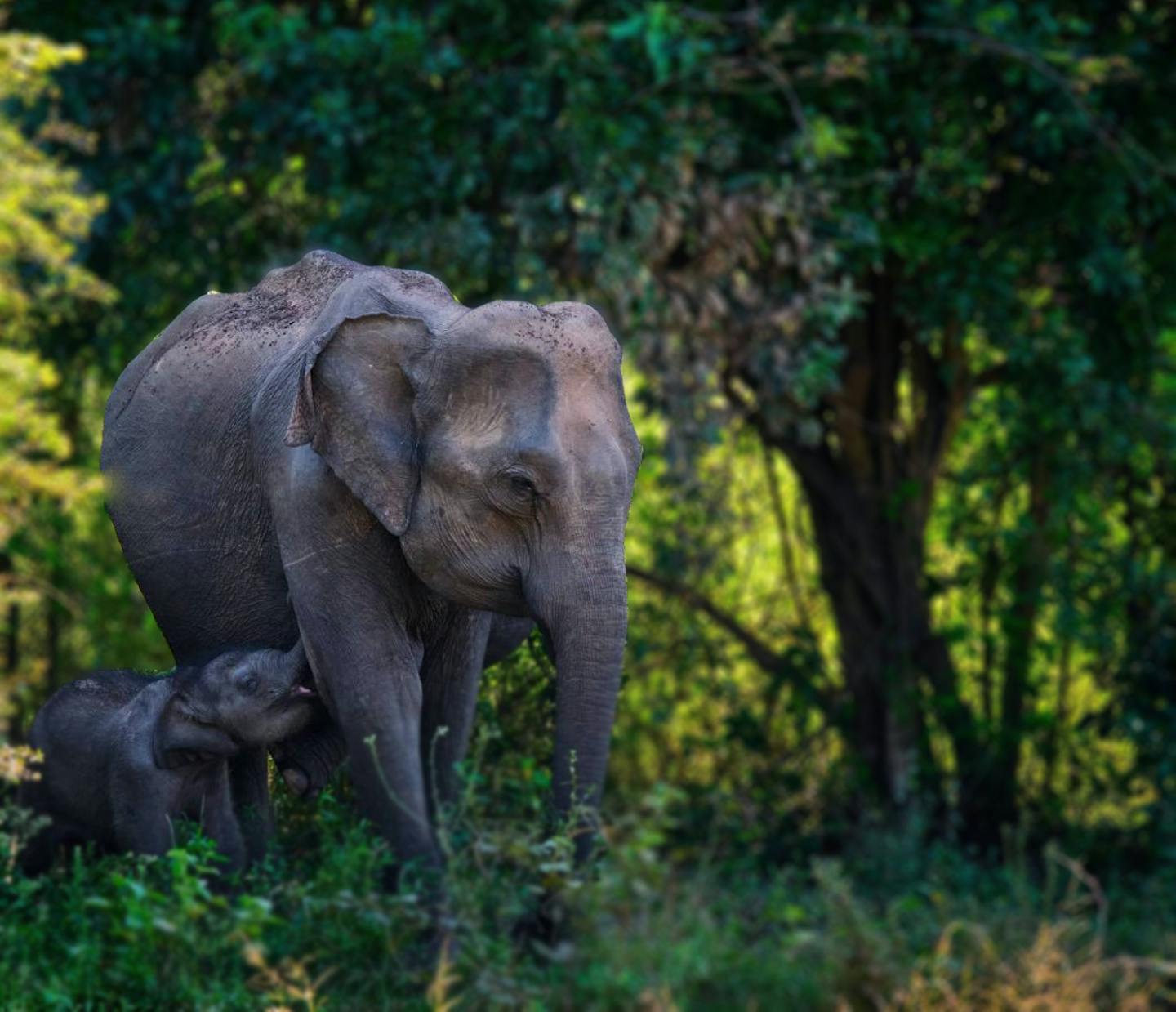Ten projects saving wildlife around the world
Biodiversity loss is a significant threat to the stability of Earth’s global systems. New research from the Living Planet Report shows that animal populations have declined by a staggering 69% on average in the last 50 years.
Information such as this can seem bleak, but there is hope. Individuals, communities, and organizations worldwide are stepping up to save species and habitats.
Below are ten projects protecting wildlife that you can support today!
.jpg)
Image credit: Courtesy of Wild Earth Allies
1. Protecting Asian Elephants and Improving Sustainable Livelihoods in the Forests of Cambodia
In Cambodia, Asian elephants (Elephas maximus) have been part of Khmer culture for millennia, yet fewer than 600 remain. They are endangered due to habitat loss, poaching, and human-elephant conflict.
This project led by Wild Earth Allies is working to protect 1.7 million acres of Asian elephant habitat across two of Cambodia’s globally significant forests — Prey Lang and the Phnom Samkos Wildlife Sanctuary in the Cardamom Mountains. In addition, at least five communities will benefit from human-elephant conflict mitigation strategies and improved agricultural practices.
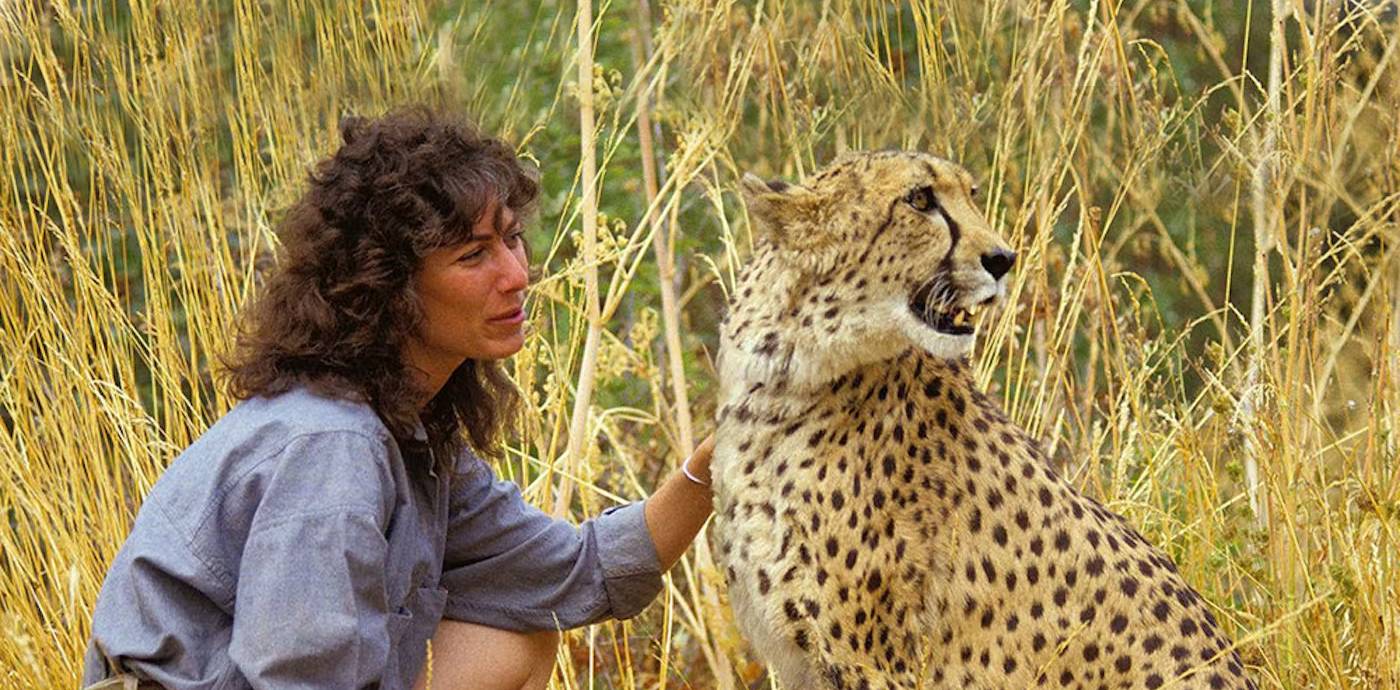
Image credit: Courtesy of the Cheetah Conservation Fund
2. Preserving Cheetahs By Elevating Pastoral Women’s Livelihoods in Somaliland
The world’s fastest land animal, the cheetah (Acinonyx jubatus), is losing its race for survival. Today, cheetahs inhabit just 9% of their historical range, and their population is drastically declining because of habitat loss, the illegal wildlife trade, and human-wildlife conflict.
This project from the Cheetah Conservation Fund will educate pastoral women in Somaliland on predator management so that humans, their livestock, and cheetahs can coexist peacefully.
.jpeg)
Image credit: Courtesy of Kahuzi Biega
3. Securing Community Land Tenure in Eastern Congo as a Means to Save the Critically Endangered Grauer’s Gorilla
Since the 1990s, Grauer’s gorillas (Gorilla beringei graueri) have lost 52% of their suitable habitat, mainly in the eastern part of their home range. The population has decreased from an estimated 16,900 individuals to as few as 4,000.
This project from the Dian Fossey Fund manages local communities’ land for conservation. It includes providing jobs, food security, livelihood programs, and supporting their children’s education, all while ensuring the health of the forest and protecting the Grauer’s gorillas.

Image credit: Courtesy of Micheal Zahra
4. Revitalizing Lynx Management for the Western United State’s New Wildfire Reality
Fewer than 100 Canada lynx (Lynx canadensis) remain in the North Cascades Ecosystem. To sustain a viable population of lynx in the region into the future, up-to-date information is needed to help guide and coordinate land management decisions in ways that support their habitat and ecosystem connectivity over time.
This project from RESOLVE will develop and deliver TerrAdapt. This spatial planning tool will revolutionize conservation by automating analysis data for habitat and connectivity modeling. Canada lynx and other at-risk species will benefit as they will be better protected in real-time and in the future.
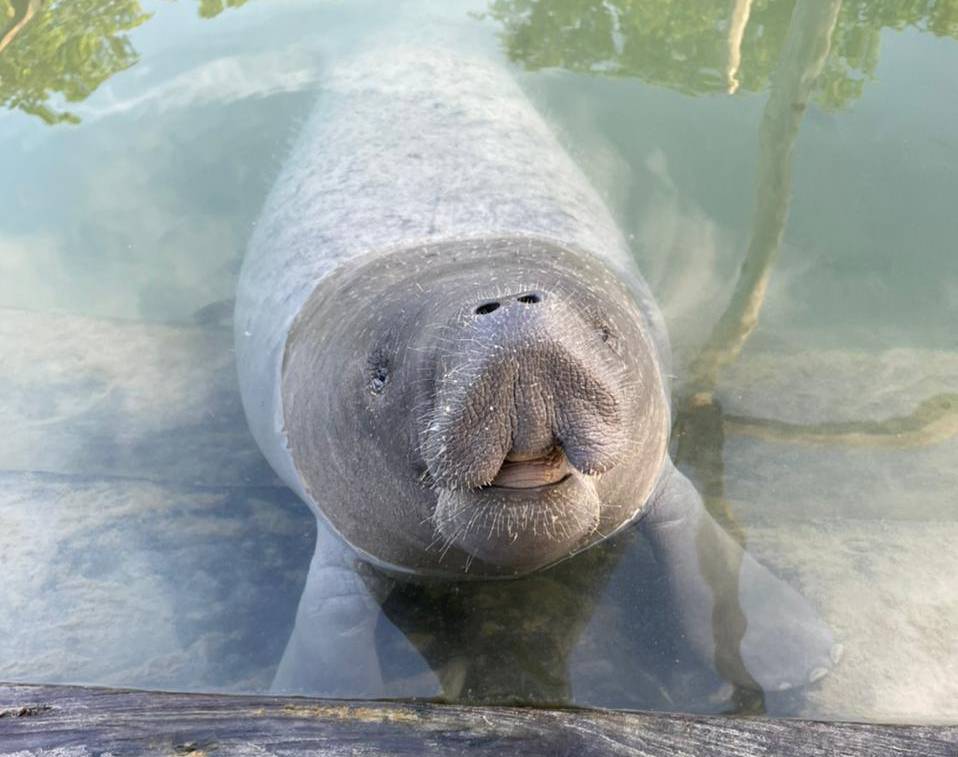
Image credit: Courtesy of FINS
5. Empowering Indigenous Community-led Manatee Conservation in Quintana Roo, Mexico
Manatees help keep water ecosystems thriving by pruning marine vegetation. However, Antillean manatees (Trichechus manatus) found throughout the Caribbean and the Gulf of Mexico are threatened due to unregulated fishing and tourist sightseeing, leading to noise pollution and collisions with motorboats.
This project from the International Foundation for Nature and Sustainability (FINS) seeks to build and implement a local participatory monitoring system for Antillean manatees to enhance the involvement of people in conservation efforts in the Mexican Caribbean. Its goal is to see the population of healthy manatee mothers and calves duplicate in the next decade.
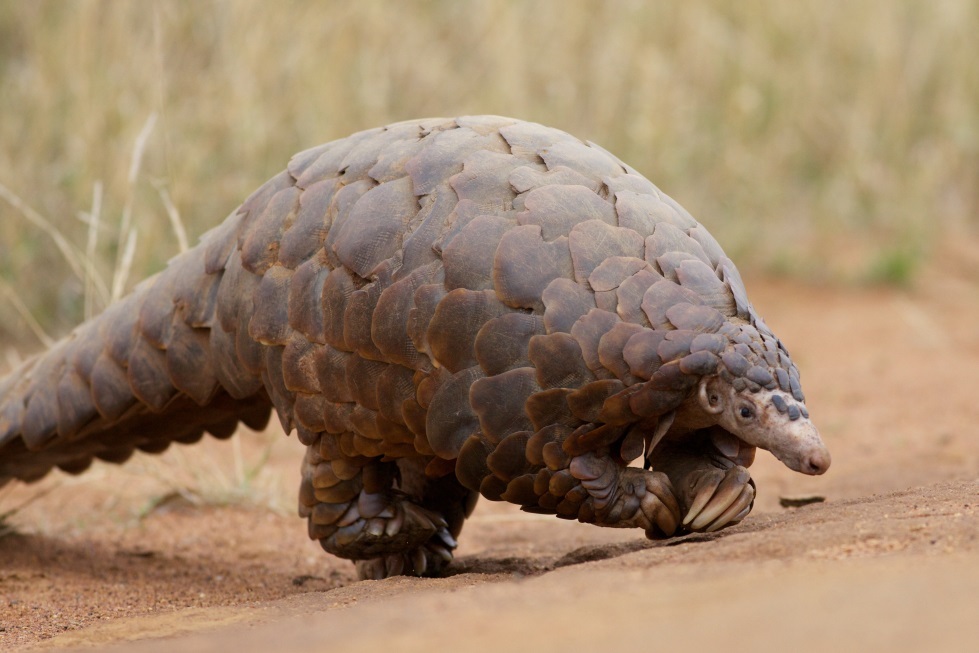
African pangolin. Image credit: Manis temminckii, Creative Commons
6. Protecting Habitat for Four Species of Endangered Pangolin in Uganda
Pangolins are the most trafficked mammal on Earth. The white-bellied pangolin (Manis tricuspis), giant ground pangolin (Manis gigantea), black-bellied pangolin (Manis tetradactyla), and Temminck’s pangolin (Smutsia temminckii) are all classified as either endangered or vulnerable by the International Union for Conservation of Nature.
This project from The Quick Response Fund for Nature protects 800 acres of pangolin habitat. Located in the Pakwach district of Uganda, it also positively impacts the livelihoods of smallholder farmers in the region. A single pangolin consumes up to 70 million insects annually and helps aerate soils as they dig for ants and termites.
.jpeg)
Image credit: David Garcia
7. Revitalizing Wetlands for Endangered Hammerhead Sharks in Costa Rica
Due to human actions such as pollution, habitat degradation, and overfishing, the scalloped hammerhead shark (Sphyrna lewini) population has declined by 45%. Golfo Dulce in Costa Rica’s southern province of Puntarenas is a vital nursery for the species and must be protected.
This project from Misión Tiburón aims to empower local women and youth to help revitalize the mangrove forests in Golfo Dulce. By doing so, both the sharks and the surrounding community can thrive together.
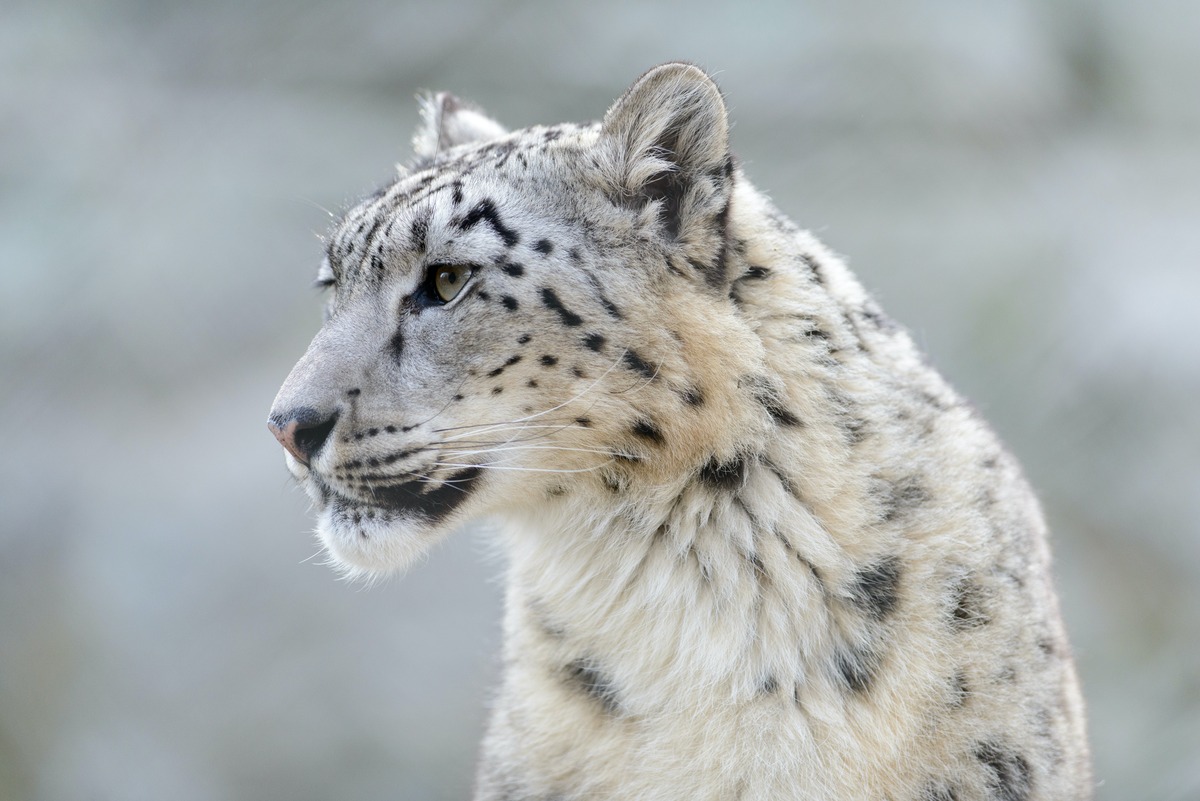
Image credit: Creative Commons, Eric Kilby
8. Rebalancing the Snow Leopard Ecosystem in Eastern Eurasia
Snow leopards (Panthera uncia) are majestic apex predators that indicate the health and sustainability of Asia’s high mountain ecosystems. However, human-wildlife conflict arises when the big cats prey upon local agropastoralists' valued livestock.
This project from the Wildlife Conservation Network will work with locals in Kyrgyzstan, Mongolia, Tajikistan, and two regions of Russia to promote peaceful coexistence with snow leopards. Using artificially intelligent camera traps to identify snow leopards and alert herders is one of the many techniques that can help protect the species.
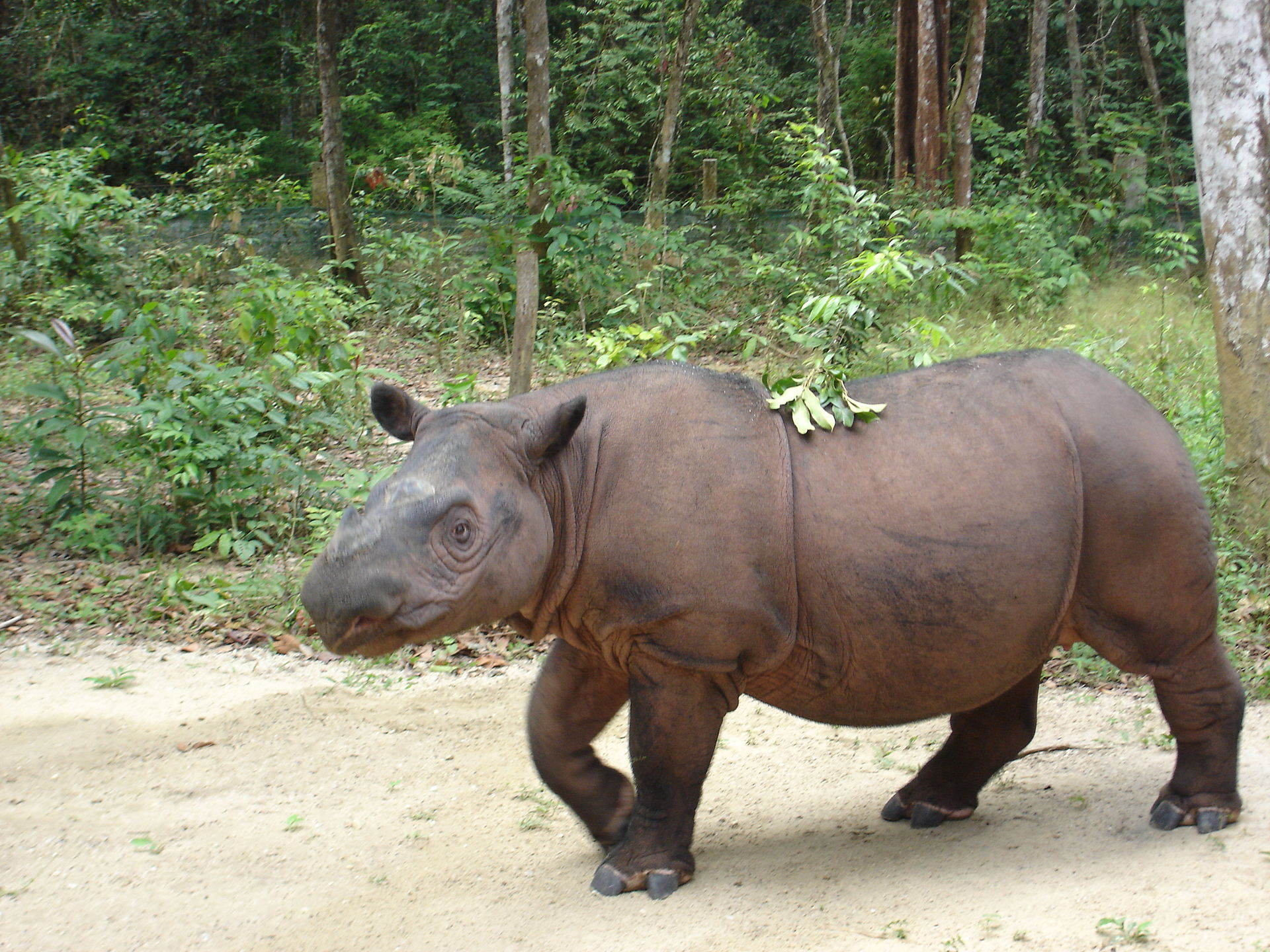
9. Protecting Wild Sumatran Rhinos in West Leuser, Indonesia
Sumatran rhinos (Dicerorhinus sumatrensis) are classified as critically endangered and are close to extinction, with only approximately 80 individuals remaining.
This project from the Wildlife Conservation Network supports conservation work in the Leuser Ecosystem in the hope of increasing the Sumatran rhino population. It will recruit and train more rangers, monitor local biodiversity, plant seedlings, and create educational materials for surrounding communities.
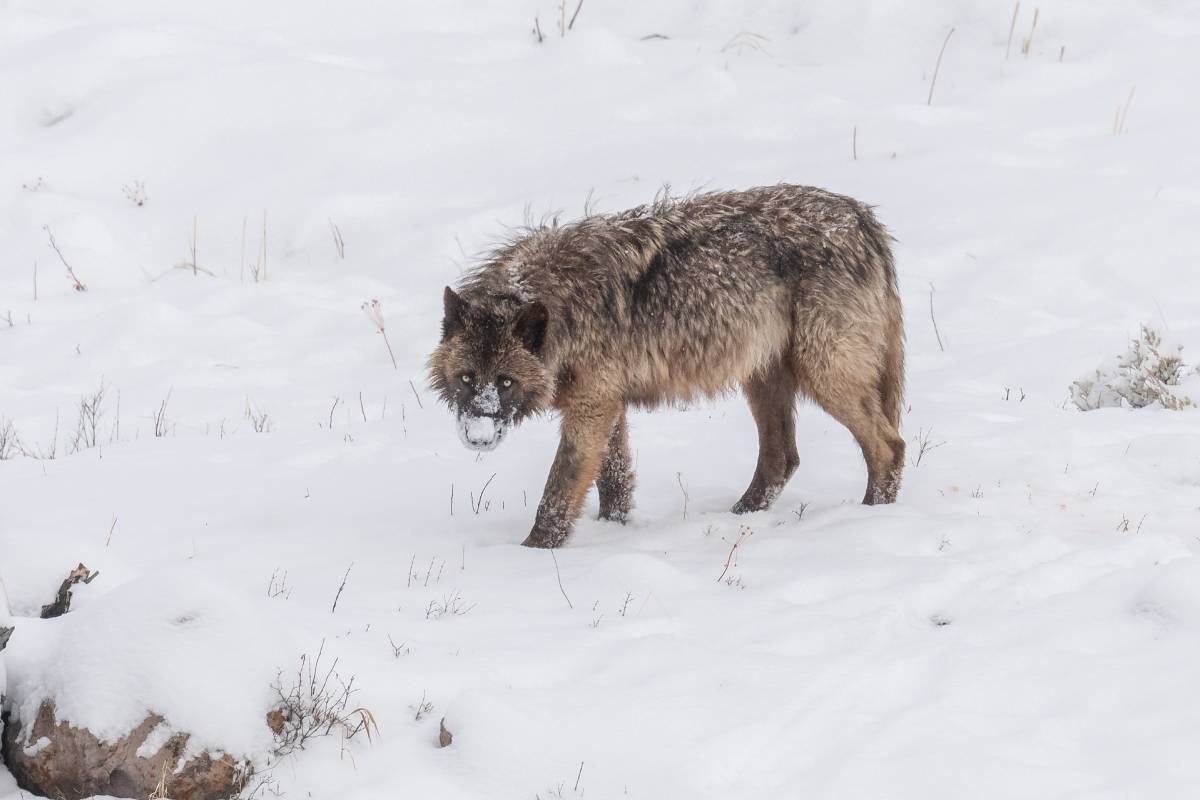
Image credit: Courtesy of Sarah Killingsworth
10. Protecting Imperiled Wolves in the Northern Rockies Region Through Compassionate Conservation
Wolves (Canis lupus) in the US are scrambling to survive. States like Montana and Idaho have created legislation that paves the way for the near extermination of the packs living in the Northern Rockies.
This project from Project Coyote focuses on immediate wolf protection efforts in strategic regions most threatened by proposed trophy hunting and political ill will. As apex predators that play vital ecological roles in promoting biodiversity and ecosystem health, wolves need federal protections and a national recovery plan.
Each of these projects directly protects one particular species, but the benefits of doing so expand to all the plants, animals, and communities in their ecosystem. Even the smallest act of support can have an impact that helps the entire planet.
Explore More Projects to Support